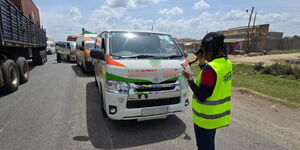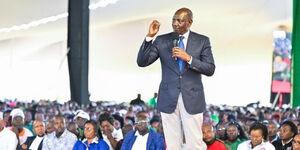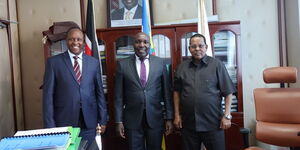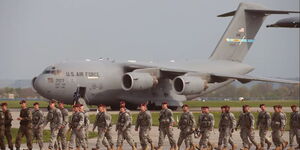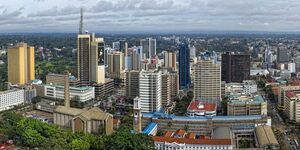Crash landings result in damage to an aircraft and at times, turn fatal. Much as such incidents are unprecedented, it is important to be aware of the course of action to take in the event they occur.
Despite the widely spread notion that crash landing denotes all types of emergency landings, the term refers to a landing where the aircraft's body is damaged due to the pressure emanating from the impact.
Other types of emergency landing include forced landing, where the plane is forced to make an emergency landing due to technical hitches and precautionary landing where the pilot makes a landing to avert risks posed by unprecedented factors midway.
Aviation bodies and trainers across the globe have developed drills aimed at guiding passengers and the larger part of the crew on how to respond to such emergencies.
The main priority in such a case is to protect passengers from deceleration forces which have the potential to inflict injuries caused by collision with the aeroplane’s interior equipment.
There are specific guidelines that target pilots while others are designed to guide both cabin crew and passengers.
Aviation guidelines stipulate that pilots should notify passengers of the impending emergency landing upon detecting an impending risk. Such announcements are usually verbatim according to the standards set by aviation regulators.
Further, aviation standards advise passengers to maintain a brace position in such incidents.
This implies a position where passengers sit with their heads forward by the knees, with hands wrapped over the head, and feet firmly planted behind the knees.
This, according to the rules, prevents the possibility of shooting forward on impact due to the force of inertia.
The rationale for maintaining the brace position is to protect the passengers from deceleration forces that are caused by the impact of a sudden halt of motion.
In addition, the brace position prevents legs from being broken against the seats and the interior surface of the aircraft.

